ms_claudia
Rough_Rock
- Joined
- Dec 9, 2008
- Messages
- 80
I know this is a totally newbie question.... but that''''s exactly what I am, a newbie. It took me a while to figure out what OEC and OMC even stood for
 . Will someone be kind enough to explain the difference? What do they look like compared to round brilliants and hearts and arrows? Informed diamond knowledge would be greatly appreciated
. Will someone be kind enough to explain the difference? What do they look like compared to round brilliants and hearts and arrows? Informed diamond knowledge would be greatly appreciated

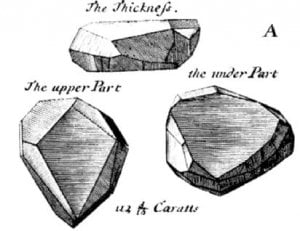
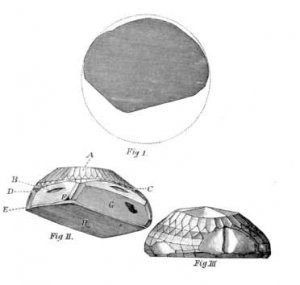
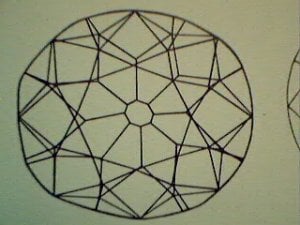
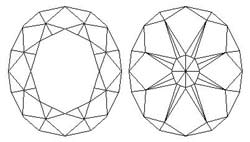
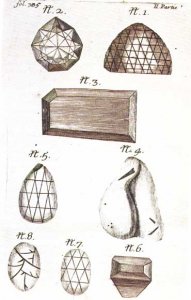


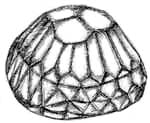
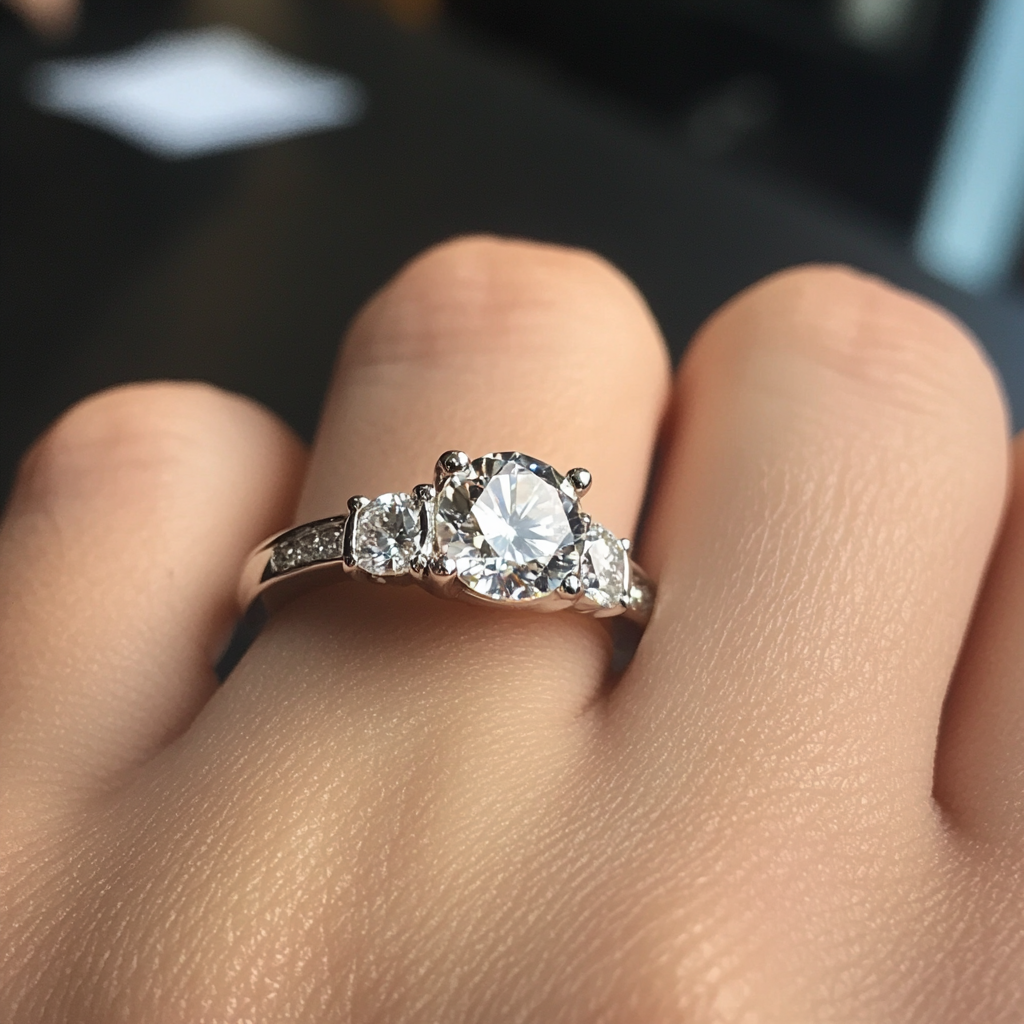

300x240.png)